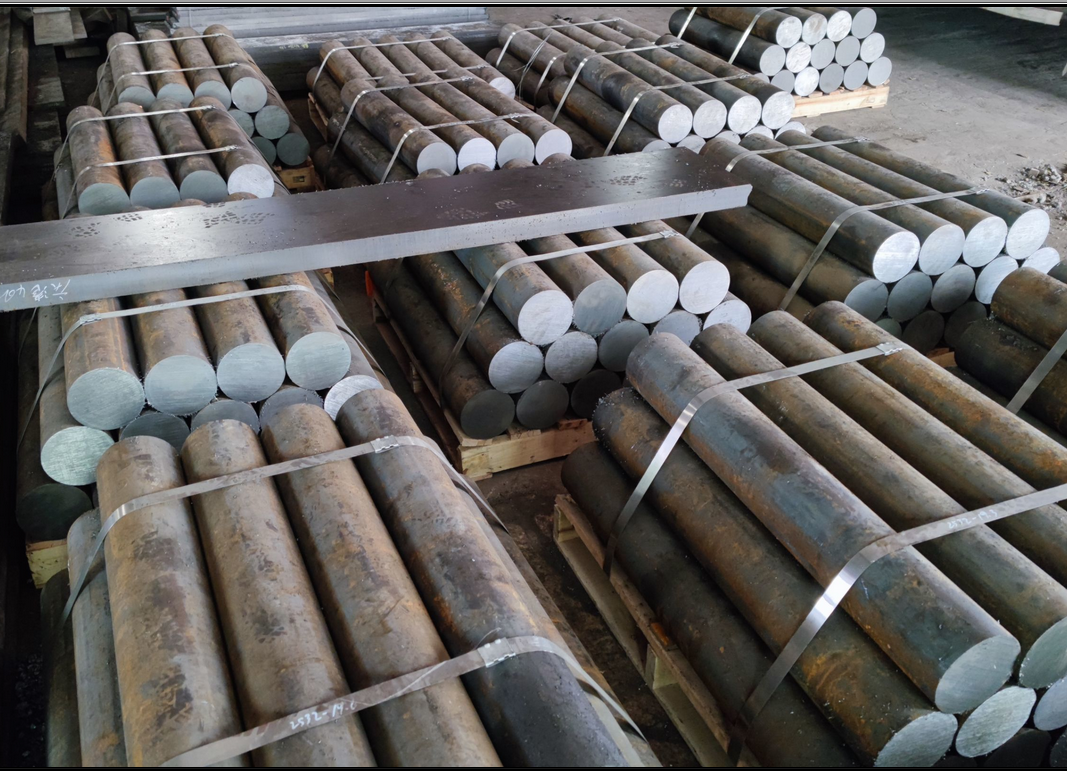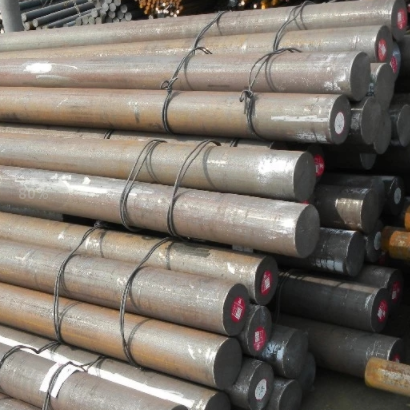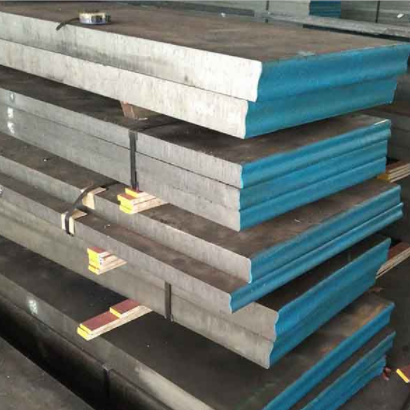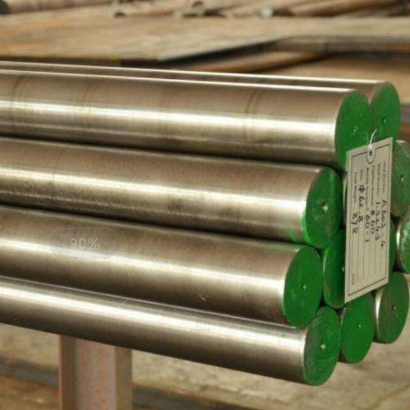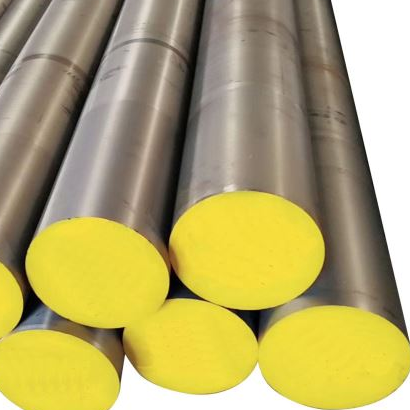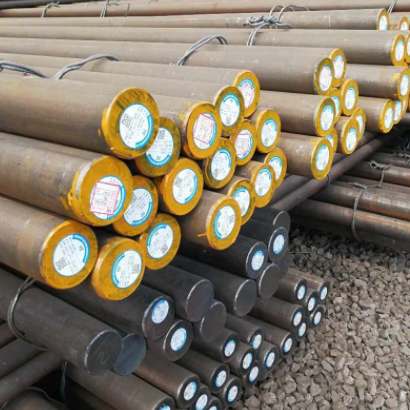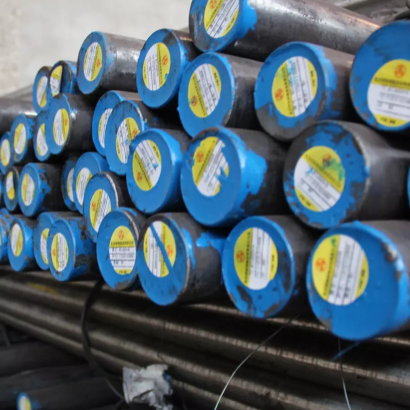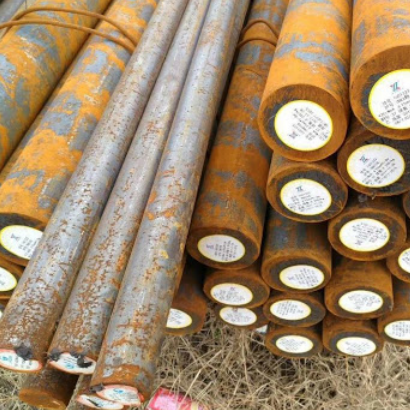A2 tool steel is an air-hardening, cold-work tool steel. It falls under the ASTM A681 specification and is known for its balanced combination of wear resistance and toughness. The steel is composed of carbon, chromium, molybdenum, vanadium, and other alloying elements, which contribute to its unique properties.
Mechanical Properties of A2 Tool Steel
The mechanical properties of A2 tool steel include:
- Hardness: A2 tool steel achieves a hardness of around 60-62 HRC after proper heat treatment.
- Toughness: It exhibits good toughness, allowing it to withstand impact and heavy loads.
- Wear Resistance: A2 tool steel’s composition provides excellent wear resistance, making it suitable for cutting and forming applications.
Importance of Hardness in A2 Tool Steel
Hardness is a crucial property in tool steel, as it directly correlates with wear resistance and the ability to maintain sharp edges. A2 tool steel’s hardness ensures that it can retain its cutting edge even under demanding conditions.
Achieving Desired Hardness through Heat Treatment
A2 tool steel achieves its optimal hardness through a heat treatment process involving heating, quenching, and tempering. This process transforms the microstructure of the steel, enhancing its hardness and other mechanical properties.
Applications of A2 Tool Steel
A2 tool steel finds applications in:
- Cold Work Tools: Such as dies, punches, and shear blades.
- Woodworking Tools: Including chisels, plane blades, and knife blades.
- Cutting Tools: For milling, turning, and shaping operations.
- Blanking and Forming Tools: Used in stamping and metal forming processes.
Selecting A2 Tool Steel for Specific Hardness Requirements
Different applications require specific hardness levels. A2 tool steel’s hardness can be tailored through variations in the heat treatment process, making it adaptable to a range of needs.
Comparing A2 Tool Steel Hardness with Other Steel Types
Compared to other tool steels, A2 offers a balanced combination of hardness, toughness, and wear resistance. It might not be as hard as high-speed steels, but its overall properties make it suitable for a wide range of applications.
Enhancing Wear Resistance and Durability
A2 tool steel’s hardness contributes to its remarkable wear resistance, making it an excellent choice for tools subjected to abrasive or erosive conditions.
Factors Affecting A2 Tool Steel Hardness
The hardness of A2 tool steel is influenced by factors such as the initial steel composition, heat treatment temperatures, and cooling rates during quenching.
Common Misconceptions about A2 Tool Steel
Misconceptions about A2 tool steel, such as assuming it’s difficult to work with due to its hardness, can be dispelled through proper understanding and utilization of the material’s properties.
Maintaining Optimal Hardness and Performance
To ensure the longevity and performance of tools made from A2 tool steel, proper maintenance practices, such as regular sharpening and correct usage, are essential.
A2 tool steel hardness plays a pivotal role in its versatility and effectiveness in various applications. With its balanced combination of hardness, toughness, and wear resistance, A2 tool steel continues to be a preferred choice in industries that demand reliable and high-performing tools. Understanding its properties and optimal use can lead to enhanced efficiency and prolonged tool life.
